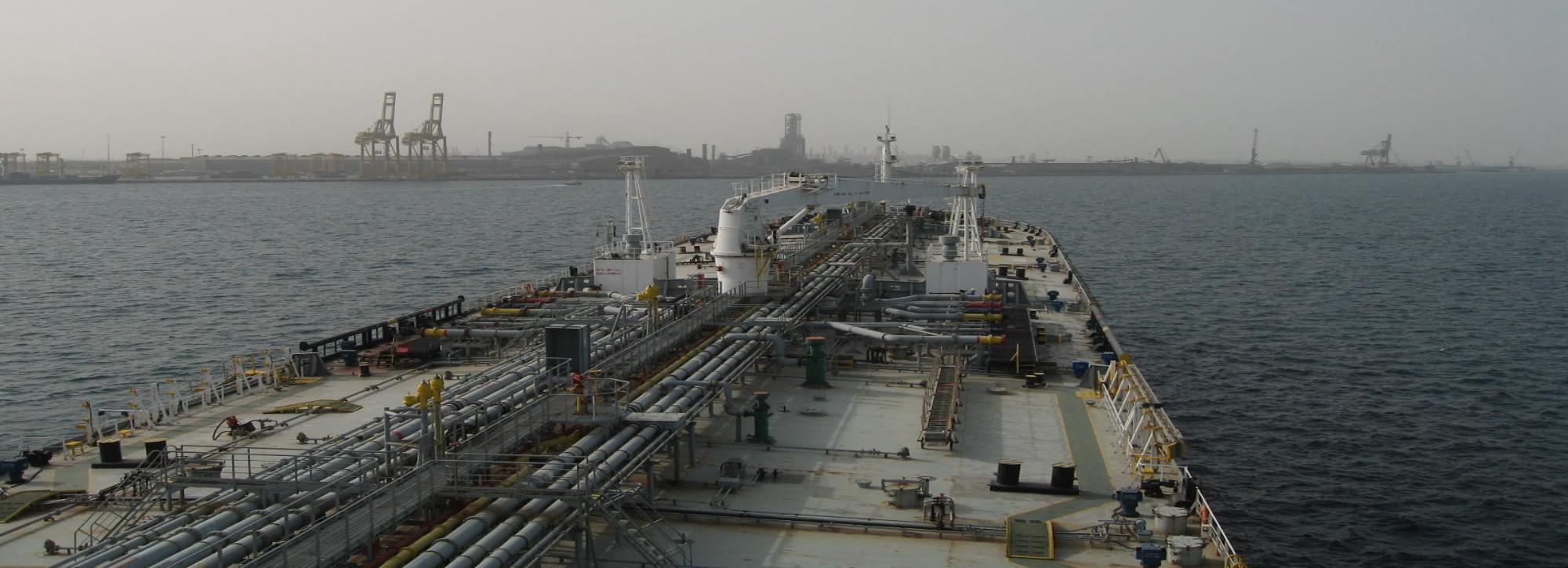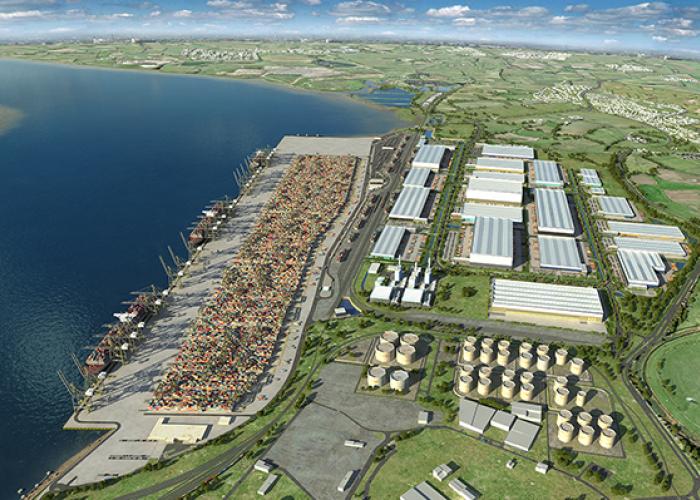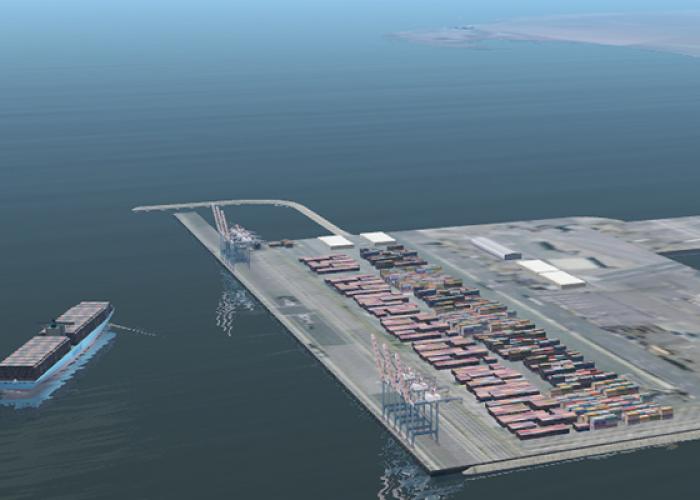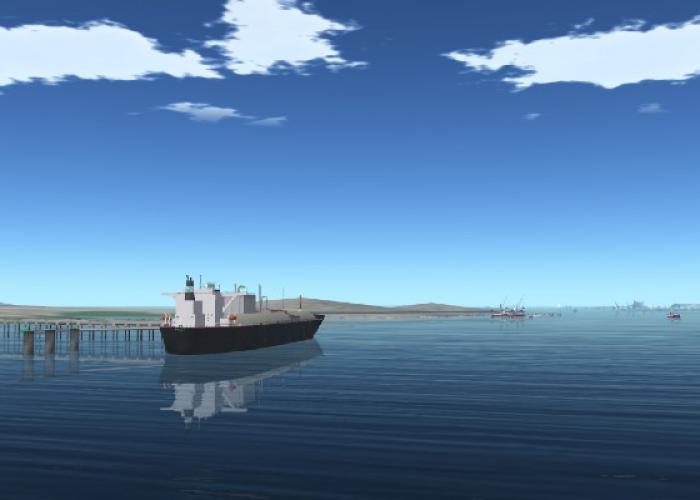
Improving access to Mesaieed Port
HR Wallingford looked at options for the upgrade and management of the navigation channels to Mesaieed Port in Doha. We identified a number practical measures that will improve access to the port, affording real economic benefits as well as helping to ensure future demand can be met.
Located 40km from Doha, Mesaieed Industrial City is home to many large scale petrochemical and metallurgical plants, together with light industries and community areas. The area’s integral port is accessed by two long (about 40 nautical miles) outer channels and a system of inner channels. As part of the port redevelopment, Qatar Petroleum asked HR Wallingford to assess the performance of these navigation channels. We looked at how the channel network could be optimised and identified appropriate channel dimensions for safe access to larger vessels.
Applied technical expertise
We applied our knowledge and expertise to support the preparation of a feasibility study for the port redevelopment. Our activities included modelling of wave climate and flow regime, sedimentation studies, dredging studies, traffic forecasting, development of a channel capacity model, ship navigation simulation, safety and risk studies, environmental appraisal and benefit-cost analysis.
Dredging impact studies
HR Wallingford carried out environmental appraisal of the various options for channel routing, realignment and deepening, by carrying out a comprehensive environmental risk assessment. We assessed the risks posed by dredging, the disposal of dredged material and the need to comply with environmental requirements for both onshore and offshore disposal; a factor made more acute by the long sailing distance between the furthest parts of the channel system and the shore.

We assessed the environmental impact of the port development.
Delivering economic benefits
We made some practical recommendations for future upgrades to the channel system, showing how modest amounts of dredging could improve specific features of the channel geometries. The economic advantages of this were demonstrated through benefit-cost analysis. The benefits will derive from the ability to service deeper draft vessels at the port, thus enabling efficiencies in the shipment of goods and materials.
Want to know more?



